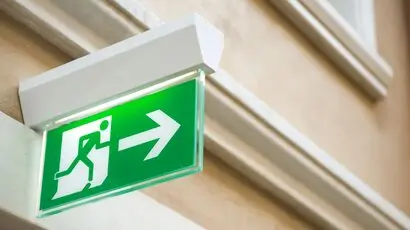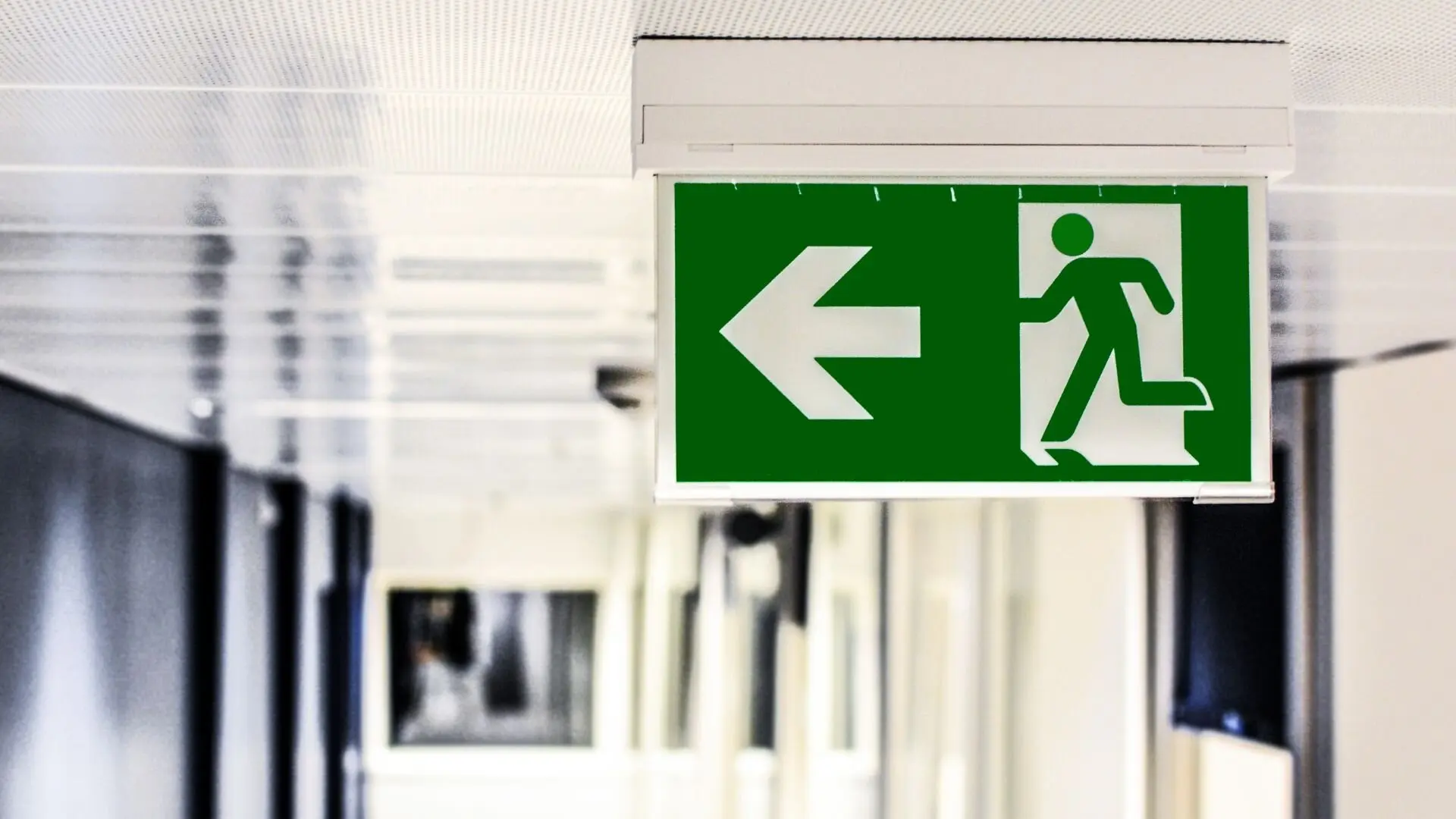
Get your free Melbourne Electrician quote today!
Our team of Melbourne Electricians is here to help you with any questions or concerns you may have. We’re committed to providing you with the best possible service and support.
Regular testing and maintenance of exit and emergency lighting systems ensure safety and compliance. Learn essential steps to keep systems working when needed most.
Exit and emergency lighting isn’t just ticking a box—it’s literally a life-saver. During power outages, fires, or emergencies, these lights are crucial for safe evacuation. Without them, chaos can ensue, worsening an already risky situation. From offices to shopping centres, hospitals to apartments, these systems are essential for safety and compliance.
Skipping routine maintenance on exit and emergency lighting isn’t just risky—it’s downright dangerous. If a system malfunctions, it might fail when it’s most needed, plunging people into darkness. Besides immediate safety concerns, there’s the possibility of hefty fines, legal troubles, and serious liabilities for building owners and managers.
Australian Standard AS 2293 outlines the requirements for installing, maintaining, and testing exit and emergency lighting. Routine inspections ensure compliance and prevent unexpected failures. Regular testing and servicing keep these systems working, provide peace of mind, and ensure buildings meet safety standards.
What is Exit and Emergency Lighting?
Exit and emergency lighting systems activate when the regular power cuts out. They guide people to safety during crises like fires, blackouts, or natural disasters.
Legally mandated for commercial and public spaces, they’re vital for preventing injuries and adhering to safety standards.
Not all emergency lighting is the same. Different setups serve different purposes.
- Maintained lights always stay on and are found in high-traffic areas such as shopping centres and theatres.
- Non-maintained lights are off during normal conditions and only turn on when the main power supply fails, making them suitable for workplaces and offices.
- Combined units have both functions: a primary light source that operates during normal conditions and a backup that activates during power failures.
Emergency lighting springs into action when required, largely due to built-in battery packs or backup power sources. During power cuts, these systems automatically illuminate pathways, stairwells, and exits, ensuring safe evacuation routes.
When power is restored, the system recharges and resets and is ready for the next emergency. Regular maintenance and testing ensure these lights are working when you need them most.

1. Dim or Non-Functioning Lights
- Dust and dirt accumulation can reduce brightness. Clean lenses and housings for better visibility.
- Burnt-out bulbs or faulty LEDs must be replaced immediately to maintain proper illumination.
2. Battery Failures and Degradation
- Batteries lose capacity over time and reduce backup power. If lights don’t stay on during testing, the battery may need replacing.
- Loose or corroded battery terminals can interrupt the power supply. Check connections and clean corrosion to ensure a stable charge.
3. Faulty Wiring or Power Supply Issues
- Damaged or disconnected wiring can prevent emergency lights from activating. If multiple units fail at once, call a professional.
- Power supply faults can cause flickering or intermittent operation. An electrician must diagnose and repair the electrical fault.
Call a Professional
Some repairs, such as wiring faults or central battery system failures, should only be done by a licensed electrician. A
professional ensures compliance with safety standards and prevents further damage. Regular inspections by a qualified technician keep systems working correctly and reduce the risk of unexpected failures.
Why Professional Inspections and Maintenance is Important
Licensed electricians play a crucial role in maintaining exit and emergency lighting systems. Their expertise ensures these lights work during emergencies reducing risk to occupants. Professional maintenance detects faults that may not be visible during routine checks and prevents unexpected failures.
Bringing in a licensed electrician isn’t just about being compliant – it’s about avoiding mistakes. A non-compliant system can mean big fines, voided insurance and serious safety risks. Regular professional inspections also provide the documentation needed for audits and peace of mind.
Electricians use advanced tools, such as photometers to measure light levels, battery testers to test backup power, and diagnostic software to find electrical faults. These tools improve accuracy and efficiency and ensure systems meet performance standards.
Professional maintenance extends the life of emergency lighting, reduces the risk of failure, and provides peace of mind for building owners and managers.
Be Compliant and Safe with WP Electrical
Exit and emergency lighting maintenance is essential for safety and compliance. Australian Standard AS 2293 requires regular inspections to ensure these systems work during emergencies. Ignoring maintenance can mean big fines, legal liability, and increased safety risks.
WP Electrical offers exit and emergency lighting services, testing, inspections, and maintenance. Our licensed electricians use the latest technology to detect issues before they become problems. Don’t wait until an emergency.
Call WP Electrical today.
